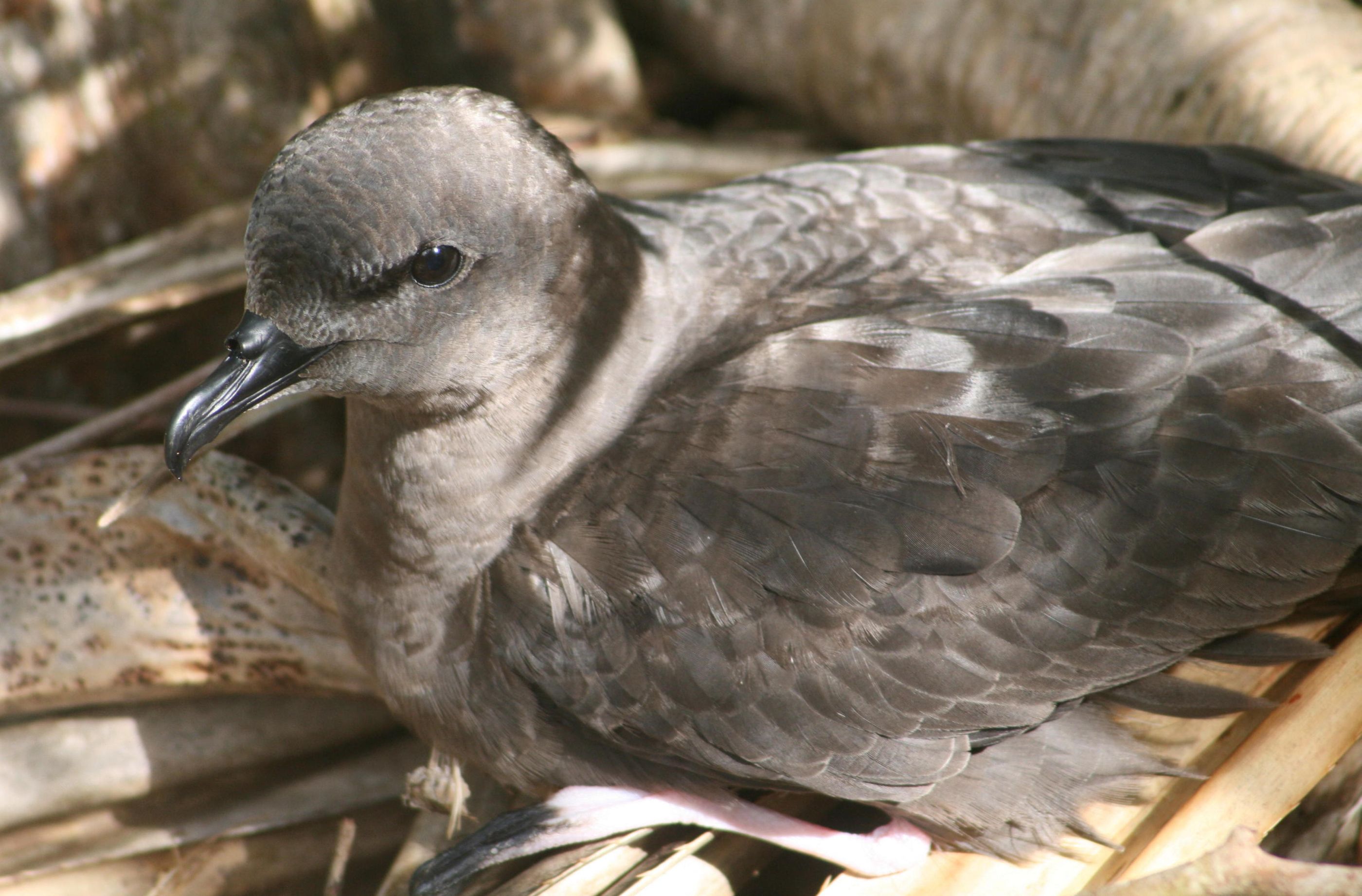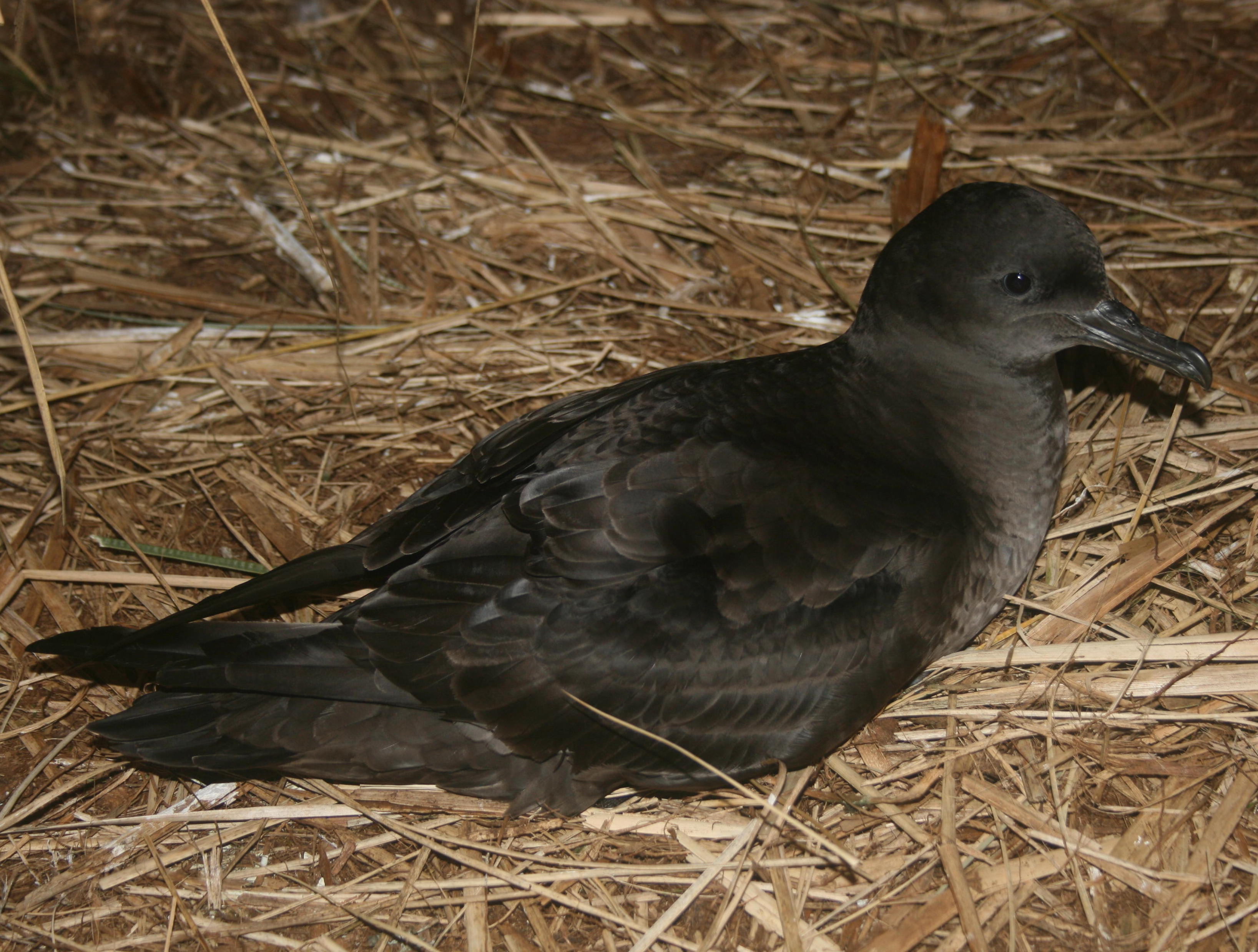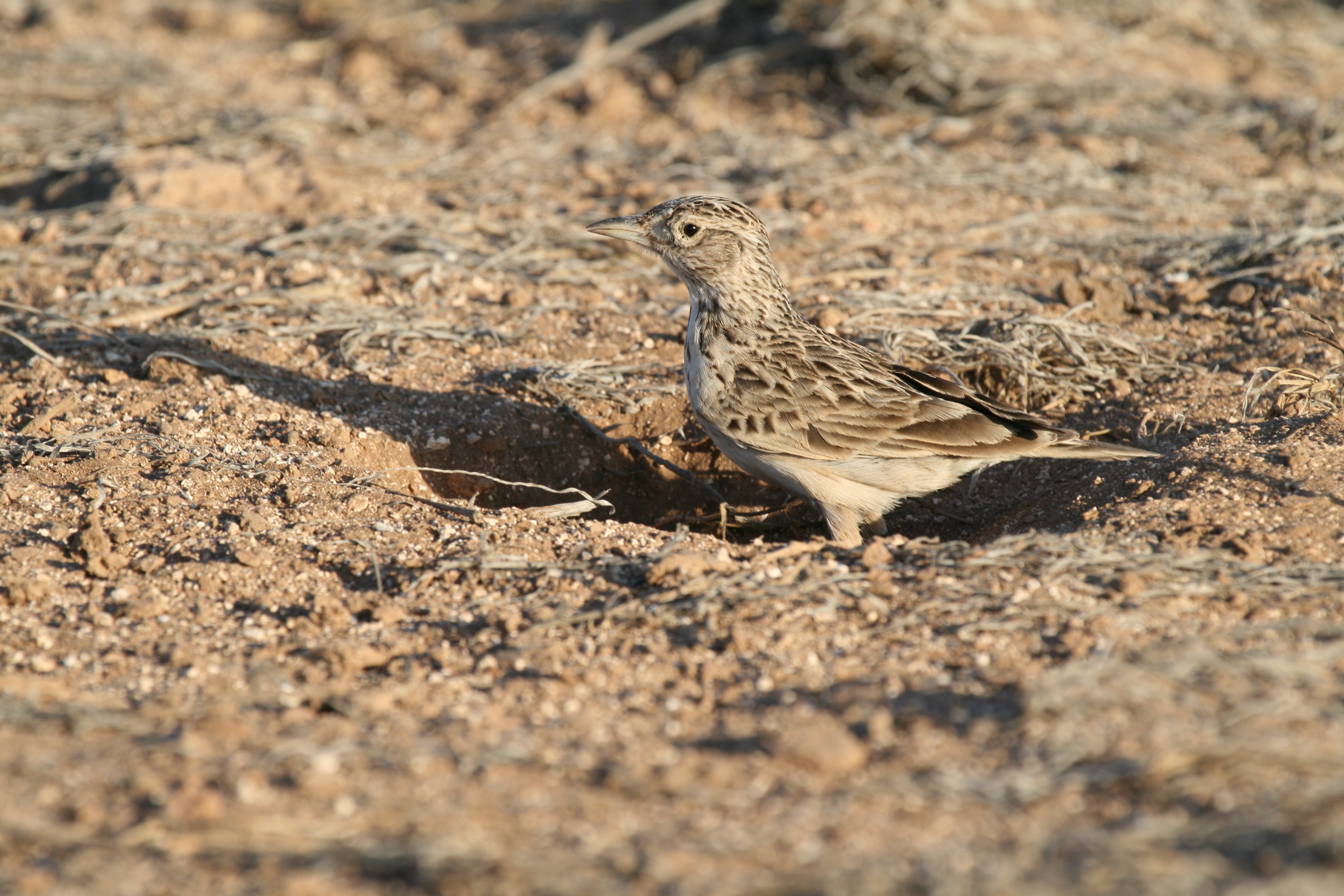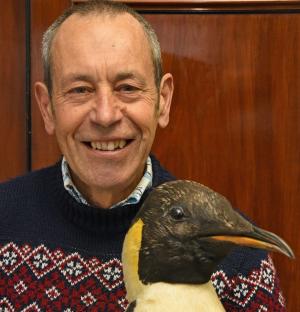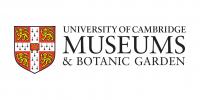Biography
After completing a seabird DPhil at Oxford while employed as warden of Skokholm Bird Observatory, I did post-docs at Oxford and then Cambridge.
From there, I was absorbed onto the staff of Zoology Department on a part-time basis. While not a road to riches, this trajectory allowed me scope to travel (to some of the world's most wonderful places) and for consultancy, the latter constructively interacting with my academic interests.
Research
My conservation work is connected to my position as Curator of Birds in the University Museum of Zoology and ranges from the strictly practical to more theoretical research which nevertheless aims to provide information of direct use to conservation planning. This spectrum is reflected in the work of recent research students who have studied, inter alia, declining ring ousels in Britain, climate-induced shifts in the geographical ranges of North American birds, and what causes the apparent male adult sex ratio bias among threatened bird species.
Islands
Through connections with the UK Overseas Territories Conservation Forum and the Royal Society for the Protection of Birds, I am involved with ongoing programmes to remove troublesome alien species from oceanic islands, for example in the Pitcairn Islands of the tropical Pacific and the Cape Verdes off West Africa. A companion desk study, undertaken collaboratively with the RSPB, investigated how, at a global level, such eradication programmes might be prioritised in terms of their conservation worth to birds. There may be scope for expanding this work to integrate other taxa.
While the know-how for ridding islands of invasives is improving fast, the information on how rapidly species of conservation concern recover after an eradication is poor. Can we develop a better understanding of the circumstances in which that recovery is given a kick-start by immigration, as opposed to enhanced reproductive success? The Falkland Islands, where some 60 islands have now benefitted from rat eradication, is an archipelago where such a project might be undertaken. Recently I paid a reconnaissance visit to the Islands with the practical assistance of the newly-established South Atlantic Environmental Research Institute.
Since 2002, I have led a small team monitoring the population dynamics of the Critically Endangered Raso Lark of the Cape Verdes, a species displaying a marked male sex ratio bias. The species has increased remarkably in numbers 2004-2011, from about 65 individuals to 1500. It now seems likely that the population can only decline which may offer enhanced opportunities for investigating selection on the morphology which shows an unusual degree of sexual size dimorphism.
Seabirds
Seabirds continue to throw up taxonomic problems. Slightly perversely, these may be due to the extreme philopatry of some species and the considerable post-Pleistocene range lability of others. Resolution of the taxonomic uncertainty will help ensure conservation resources are wisely targeted. One seabird of great interest, because of its extraordinary range expansion, is the Northern Fulmar. Our contemporary studies provided little support for the traditional 'out-of-Iceland' scenario for the expansion. We are currently exploring whether the picture painted by 100-year old museum specimens is similar.
Bird plumage
While some aspects of bird plumage are clearly related to sexual selection, we lack any general predictive framework for bird coloration. I would therefore welcome any projects designed to investigate more ecological explanations of bird colours. One recent research student studied the widespread occurrence of black-brown sexual dimorphism among passerine birds.
Publications
- 2020 JJ Negro, J Doña, M Carmen Blázquez, A Rodríguez, JE Herbert-Read & MdeL Brooke. Contrasting stripes are a widespread feature of group living in birds, mammals and fishes. Proc. R. Soc. B.287: 20202021. doi.org/10.1098/rspb.2020.2021
- 2020 M Stervander, EG Dierickx, J Thorley, MdeL Brooke & H Westerdahl. High MHC gene copy number maintains diversity despite homozygosity in a Critically Endangered single-island endemic bird, but no evidence of MHC-based mate choice. Mol. Ecol. 29: 3578-3592. doi.org/10.1111/mec.15471
- 2020. EG Dierickx, SYW Sin, HPJ van Veelen, MdeL Brooke, Y Liu, SV Edwards & SH Martin. Neo-sex chromosomes and demography shape genetic diversity in the Critically Endangered Raso Lark. Proc. Roy. Soc. B 287: 20192613.dx.doi.org/10.1098/rspb.2019.2613
- 2019 EG Dierickx, RA Robinson & MdeL Brooke. Survival of a long-lived single island endemic, the Raso lark Alauda razae, in relation to fluctuating population and rainfall. Sci Rep 9, 19557 doi.org/10.1038/s41598-019-55782-8.
- 2018 M Brooke.Far from Land: the mysterious lives of seabirds. Princeton University Press, New Jersey.
- 2017. TA Clay, RA Phillips, A. Manica, HA. Jackson & MdeL Brooke. Escaping the oligotrophic gyre? The year-round movements, foraging behaviour and habitat preferences of Murphy’s petrels. Mar Ecol Prog Ser, 579: 139–155. doi.org/10.3354/meps12244
- 2017. MdeL Brooke, E Bonnaud, BJ Dilley, E. Flint, ND Holmes, HP Jones, P Provost, G. Rocamora, PG Ryan, C Surman & RT Buxton. Seabird population changes following mammal eradications on islands. Anim Conserv, 21: 3-12. doi:10.1111/acv.12344
- 2016. W Amos, HJ Nichols, T Churchyard & MdeL Brooke. Rat eradication comes within a whisker! A case study of a failed project from the South Pacific. R. Soc. Open Sci. 3: 160110. dx.doi.org/10.1098/rsos.160110
- Brooke, M. de L., Flower, T.P., Campbell, E.M., Mainwaring, M.C., Davies, S. & Welbergen, J.A. (2012). Rainfall-related population growth and sex ratio change in the Critically Endangered Raso lark Alauda razae. Anim. Conserv. DOI: 10.1111/j.1469-1795.2012.00535.x
- Brooke, M. de L. (2010). Unexplained recurrent features of the plumage of birds. Ibis 152: 845-847.
- Brooke, M. de L., O'Connell, T.C., Wingate, D., Madeiros, J., Hilton, G.M., & Ratcliffe, N. (2010) The potential for rat predation to cause decline of the globally threatened Henderson petrel Pterodroma atrata: evidence from population modelling, the field and stable isotopes. Endangered Species Research 11: 47-59.
- Brooke, M. de L, Hilton, G. & Martins, T.L.F. (2007). Prioritising the world's islands for vertebrate eradication programmes. Anim. Conserv., 10: 380-390.
- Brooke, M. de L. (2004). The food consumption of the world’s seabirds. Biology Letters. 271(0): 246-248.
- Brooke, M. de L. (2004). Albatrosses and petrels across the world. Oxford University Press, Oxford.
- Burg, T.M., Almond, R., Lomax, J., Brooke, M. de L. and Amos, W. (2003). Unravelling dispersal patterns in an expanding population of a highly mobile seabird, the northern fulmar. Proc. Roy. Soc. B., 270: 979-984.
- Brooke, M. de L. (2001). Systematics and distribution of seabirds of the world: a review of current knowledge. Pp. 57-83 in 'The Biology of Marine Birds' (ed. E-A Schreiber and J. Berger). CRC Press, Boca Raton.
- Brooke, M. de L. (1998). Ecological factors influencing the occurrence of 'flash marks' in wading birds. Functional Ecology, 12: 339-346.
2020
- M Brooke, L Gregory, P Geraldes, L Castelló, PF Donald, T Melo & J Bores. Lessons and surprises from an inter-island re-introduction of the Critically Endangered Raso Lark Alauda razae of Cape Verde. Parks journal DOI: 10.2305/IUCN.CH.2020.PARKS-26-2MB.en
2019
- AL Bond, MdeL Brooke, RJ Cuthbert, JL Lavers, GTW McClelland, T Churchyard, A Donaldson, N Duffield, A Forrest, G Harrison, L Mackinnon, T Proud, A Skinner, N Torr, JA Vickery & S Oppel) Population status of four endemic landbird species after an unsuccessful rodent eradication on Henderson Island. Bird Conserv. Int. 29: 124-135. doi.org/10.1017/S0959270918000072
- TA Clay, S Oppel, JL Lavers, RA Phillips & MdeL Brooke. Divergent foraging strategies during incubation of an unusually wide-ranging seabird, the Murphy’s petrel. Marine Biology, doi.org/10.1007/s00227-018-3451-7
- MdeLBrooke. Rat eradication in the Pitcairn Islands, South Pacific: A 25-year perspective. Pp. 95-99 in: CR Veitch, MN Clout, AR Martin, JC Russell & CJ West (eds.). Island invasives: scaling up to meet the challenge. IUCN, Gland, Switzerland.
- ND Holmes, DR Spatz, S Oppel, B Tershy….MdeL Brooke et al.) Globally important islands where eradicating invasive mammals will benefit highly threatened vertebrates. PLoS ONE e0212128. https://doi.org/10.1371/journal.pone.0212128
- MdeLBrooke Is eliciting disgust responses from its predators beneficial for toxic prey? Anim. Behaviour 155: 225-227.
- H Sigeman,S Ponnikas, P Chauhan, E Dierickx, MdeL Brooke & B Hansson. Predisposed sex chromosome formation in vertebrates supported by expanded avian sex chromosomes. Proc. R. Soc. B 286: 20192051. http://dx.doi.org/10.1098/rspb.2019.2051.
2018
- MdeL Brooke, E Bonnaud, BJ Dilley, E. Flint, ND Holmes, HP Jones, P Provost, G. Rocamora, PG Ryan, C Surman & RT Buxton. Enhancing the value of future island eradications needs improved understanding of past outcomes. Anim Conserv, 21: 19-20. doi:10.1111/acv.12398
- PR Taylor, R MacMinn, S Marsh, MdeL Brooke, M MacDonald, P Hughes, F Donald, H Docherty, A Over, J Beaton, D Scridel, L Robertson & N Currie) Seabird population trends on the Shiant Isles, Outer Hebrides, 2000-15. Scottish Birds 38: 3-14.
- MdeL Brooke. Extreme rainfall-related clutch size variation in the Critically Endangered Raso Lark Alauda razae of the arid Cape Verde islands. Bird Conserv. Int., 29: 321-326. doi:10.1017/S0959270918000163
2017
- S Oppel S, JL Lavers, AK Forrest, AH Donaldson, GTW McClelland, AL Bond & MdeL Brooke. Population status and breeding biology of the Henderson Petrel after a failed rat eradication on Henderson Island. Emu, 117: 151-159.
2016
- S Oppel, AL Bond, MdeL Brooke, G Harrison, JA Vickery & RJ Cuthbert. Temporary captive population and rapid population recovery of an endemic flightless rail after a rodent eradication operation using aerially distributed poison bait. Biol Conserv, 204: 442-448
2015
- JC Venables & MdeL Brooke. The comparative effects of small geographic range and population decline on the adult sex ratio of threatened bird species. Bird Conserv. Int., 25: 182-191. doi.org/10.1017/S0959270914000161
- HJ Murray, EJ Green, DR Williams, IJ Burfield & MdeL Brooke. Is research effort associated with the conservation status of European bird species? Endang. Species Res., 27: 193-206
- PT Fretwell, RA Phillips, MdeL Brooke, AH Fleming & A McArthur) Using the unique spectral signature of guano to identify unknown seabird colonies. Remote Sensing of the Environment, 156: 448-456. dx.doi.org/10.1016/j.rse.2014.10.011
- M Pott, A Wegmann, R Griffiths, A Samaniego-Herrera, RJ Cuthbert, MdeL Brooke, W Pitt, A Berentsen, ND Holmes, G Howald, K Ramos-Rendón & J Russell. Improving the odds: assessing bait availability before rodent eradications to inform bait application rates. Biol. Conserv., 185: 27-35
- MdeL Brooke & PF Donald. A calhandra do ilhéu Raso. Pp 244-275 in Cabo Verde – História Natural das Ilhas Desertas (ed. by R Vasconcelos, R Freitas & CJ Hazevoet). Sociedade Caboverdiana de Zoologia, Mindelo
2014
- CE Thomson, JDJ Gilbert & MdeL Brooke. Cytochrome b divergence between avian sister species is linked to generation length and body mass. PLoS ONE 9(2): e85006. doi:10.1371/journal.pone.0085006.
- TM Burg, H Bird, L Lait & MdeL Brooke. Colonization pathways of the northeast Atlantic by northern fulmars: a test of James Fisher's ‘out of Iceland’ hypothesis using museum collections. J. Avian Biol. 45: 209-218.
2013
- (Mde L Brooke, RJ Cuthbert, G Harrison, C Gordon, MA Taggart) Persistence of brodifacoum in cockroach and woodlice: implications for secondary poisoning during rodent eradications. Ecotoxicology and Environmental Safety, in press.
2012
- (RJ Cuthbert, MdeL Brooke & N Torr). Overcoming hermit crab interference during rodent baiting operations: a case study from Henderson Island, South Pacific. Wildlife Research, 39: 70-77.
- (MdeL Brooke, TP Flower, EM Campbell, MC Mainwaring, S Davies & JA Welbergen) Rainfall-related population growth and sex ratio change in the Critically Endangered Raso lark Alauda razae. Animal Conservation, 16: 466-471 DOI: 10.1111/j.1469-1795.2012.00535.x.
2011
- (S Riou, CM Gray, MdeL Brooke, P Quillfeldt, JF Masello, C Perrins & KC Hamer) Recent impacts of anthropogenic climate change on a higher marine predator in western Britain. Marine Ecology Progress Series, 422: 105-112.
- (MdeL Brooke, RJ Cuthbert, R Mateo & MA Taggart) An experimental test of the toxicity of cereal pellets containing brodifacoum to the snails of Henderson Island, South Pacific. Wildlife Research, 38: 34-38.
2010
- (MW Lowe, MdeL Brooke, K Rookmaaker & L Wetton) Charles Darwin’s Tinamou egg. Archives of Natural History, 37: 165-167.
- (CP Bell, SW Baker, NG Parkes, MdeL Brooke & DE Chamberlain) The role of the Eurasian Sparrowhawk (Accipiter nisus) in the decline of the House Sparrow (Passer domesticus) in Britain. Auk, 127: 411-420.
- (Mde L Brooke,TC O'Connell, D Wingate, J Madeiros, GM Hilton & N Ratcliffe) The potential for rat predation to cause decline of the globally threatened Henderson petrel Pterodroma atrata: evidence from population modelling, the field and stable isotopes. Endangered Species Research, 11: 47-59.
- (MdeL Brooke, JA Welbergen, MC Mainwaring, AMF Harts, M van der Welde, J Komdeur & W Amos) Widespread Translocation from Autosomes to Sex Chromosomes Preserves Genetic Variability in an Endangered Lark. Journal of Molecular Evolution, 70: 242-246.
- (MdeL Brooke) Important Bird Areas - Henderson Island. British Birds, 103: 428-444.
- (MdeLBrooke) Unexplained recurrent features of the plumage of birds. Ibis, 152: 845-847.
- (MdeL Brooke, TP Flower & MC Mainwaring) A scarcity of females may constrain population recovery of threatened bird species: case notes from the Critically Endangered Raso lark Alauda razae. Bird Conservation International, 20: 382-384.
- (MdeL Brooke) Vertical transmission of featherlice between adult blackbirds Turdus merula and their nestlings: a lousy perspective. Journal of Parasitology, 96: 1076-1080.
2009
- (RE Green, KN Barnes & MdeL Brooke) How the longspur won its spurs: a study of claw and toe length in ground-dwelling passerine birds. J. Zool., 277: 126-133.
- (LG Graham-Taylor, AE Stubbs & MdeL Brooke) Changes in phenology of hoverflies in a central England garden. Insect Conservation & Diversity, 2: 29-35.
- (F Bonadonna, SP Caro & MdeLBrooke) Olfactory sex recognition investigated in Antarctic Prions. PLoS One 4(1): e4148 doi:10.1371/journal.pone.0004148.
- (MdeLBrooke) A necessary adjustment of the extinction risk associated with the Red List Criteria? Avian Conservation and Ecology 4(1): 1. [online] URL: http://www.ace-eco.org/vol4/iss1/art1/
- (MA Alves, CN Jenkins, SL Pimm, A Storni, MA Raposo, MdeL Brooke, G Harris & A Foster) Birds, Montane Forest, State of Rio de Janeiro, Southeastern Brazil. Check List 5: 289-299.
- (JJ Groombridge, DA Dawson, R Prys-Jones, MdeL Brooke & N Shah) Evaluating the demographic history of the Seychelles kestrel (Falco araea): genetic evidence for recovery form a population bottleneck following minimal conservation management, Biol. Conserv. 142: 2250-2257.
2008
- (MdeL Brooke, SHM Butchart, ST Garnett, GM Crowley, NB Mantilla-Beniers, AJ Stattersfield) How fast are threatened bird species moving towards extinction? Conserv. Biol., 22, 417-427.
- (MA Alves, SL Pimm, A Storni, M Raposo, MdeL Brooke, G Harris, A Foster & CN Jenkins) Remote sensing guided search for the Grey-winged Cotinga Tijuca condita. Oryx, 42: 562-566.
- (O Sychra, J-K Jensen, MdeL Brooke, A Trnka, P Procházka & I Literak) The identity of Menacanthus eisenachensis Balát (Insecta, Phthiraptera, Amblycera, Menoponidae) from the Reed Warbler (Passeriformes, Sylviidae). Acta Parasitologica 53: 404-406.
2007
- (MdeL Brooke, G Hilton & TLF Martins) The complexities of costing eradications: a reply to Donlan & Wilcox. Anim. Conserv., 10; 157-158.
- (IMW Sim, IJ Burfield, MC Grant, JW Pearce-Higgins & MdeL Brooke) The role of habitat composition in determining breeding site occupancy in a declining Ring Ouzel Turdus torquatus population. Ibis, 149: 374-385.
- (PF Donald, S Hille, MdeL Brooke, R Taylor, CE Wells, MR Bolton & T Marlow) Sexual dimorphism, niche partitioning and dominance in the feeding ecology of the critically endangered Raso Lark Alauda razae. Ibis, 149: 848-852.
- (MdeL Brooke, G Hilton & TLF Martins) Prioritising the world's islands for vertebrate eradication programmes. Anim. Conserv., 10: 380-390.
2006
- (O Kruger & MdeL Brooke) Brood parasitism in birds. Pp. 327-366 in: Reproductive biology and phylogeny of Aves (Jamieson, B.G.M. ed.). Science Publishers Inc., New Hampshire
- (TLF Martins, MdeL Brooke, G Hilton, S Farnsworth, J Gould & D Pain) Costing eradications of alien mammals from islands. Anim. Conserv., 9: 439-444.
- (PF Donald & MdeL Brooke) An unlikely survivor: the peculiar natural history of the Raso Lark. Brit. Birds, 99: 420-430.
- (MdeLBrooke) Pitcairn Islands. Pp. 185-199 in: Important Bird Areas in the UK Overseas Territories (Sanders, S.M. ed.). RSPB, Sandy.


